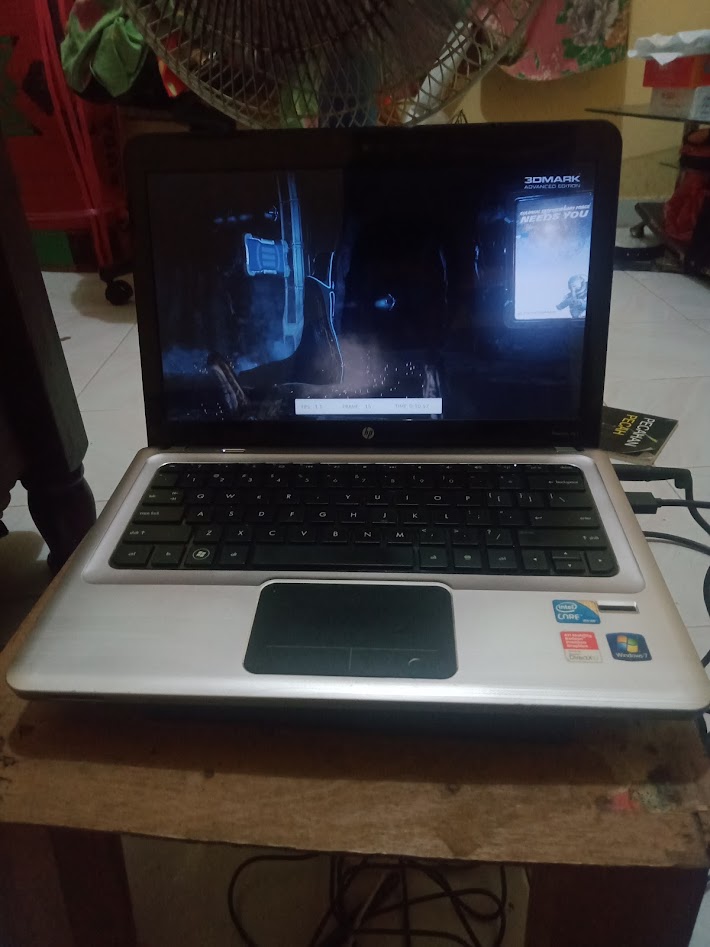Comparing: Intel Core i7 720QM vs Intel Core i9 11900F
In this comparison, we analyze two Processors: Intel Core i7 720QM and Intel Core i9 11900F, using synthetic benchmark tests to evaluate their overall performance. This side-by-side comparison helps users understand which hardware delivers better value, speed, and efficiency based on standardized testing. Whether you're building a new system or upgrading an existing one, this benchmark-driven evaluation offers valuable insights to guide your decision.
Specification Comparison Table
This specification comparison presents technical details of several devices or components to help you understand the key differences between each option. Use this table as a reference to determine which device best suits your needs.
| Specification | Intel Core i7 720QM | Intel Core i9 11900F |
|---|---|---|
| Architecture | x86 | x86 |
| Technology | 45 nm | 14 nm |
| Clock | 1.6 GHz - 2.8 GHz | 2.5 GHz - 5.2 GHz |
| Core/Thread | 4 / 8 | 8 / 16 |
| Segmen | Mobile | Desktop |
Submission Comparison Table
This submission comparison table displays the number and details of benchmark data submissions from various devices or components. This information helps you understand the performance based on the benchmarks that have been tested, as well as providing an overview of the consistency and popularity of the available benchmark results.
| No. | Benchmark Software | Intel Core i7 720QM | Intel Core i9 11900F |
|---|---|---|---|
| 1 | Cinebench - R15 |
220 cb |
2034 cb |
Submission Comparison Chart
This chart visualizes the benchmark scores comparison between two hardware devices based on submitted data.
Media Gallery
A collection of photos of tested hardware. These images can help you identify the physical form, model, and variant of the hardware in question. These photos are from our own documentation, and if they are not available we may not be able to document them.
About Hardware Intel Core i7 720QM
The Intel Core i7-720QM, launched in Q3 2009, was one of the first mobile quad-core processors to feature Intel's Nehalem microarchitecture, specifically the Clarksfield variant. Targeted at high-performance laptops, such as gaming machines and mobile workstations, the i7-720QM brought 4 physical cores and 8 threads to the mobile platform, thanks to Hyper-Threading Technology providing a significant boost in multi-threaded workloads like video editing, 3D rendering, and other professional-grade applications. The processor runs at a base clock speed of 1.6 GHz, but it can dynamically increase up to 2.8 GHz using Intel Turbo Boost, depending on thermal headroom and power availability.
Manufactured using a 45nm process, the i7-720QM has a TDP of 45W, which is quite high by today's mobile CPU standards. This thermal demand necessitated more robust cooling solutions in laptops that featured the chip. Unlike modern CPUs, the i7-720QM does not come with integrated graphics, which means systems based on this processor require a dedicated GPU often from AMD or NVIDIA for graphics processing and display output. As such, it was typically paired with mid-to-high-end discrete graphics cards in its time, making it a solid choice for gaming and multimedia laptops in the late 2000s and early 2010s.
While the Core i7-720QM was a powerhouse during its release, its performance and efficiency are significantly outpaced by modern CPUs built on smaller nodes and with higher IPC (Instructions Per Clock). Nevertheless, legacy laptops using the i7-720QM can still be viable for basic computing tasks like web browsing, document editing, or watching videos especially if paired with an SSD upgrade and increased RAM. Users running Windows 10 on such systems may experience some limitations, but with proper optimization and lightweight software, the CPU can still deliver a usable experience in non-demanding environments.
Hardware Detail:
Device: HP Pavilion dv3-4054TX
RAM: 4GB DDR3 Single Channel
OS: Windows 7, Windows 10
Tuesday, 19 July 2022 19:48:49 | Update: 1 month ago
About Hardware Intel Core i9 11900F
The Intel Core i9-11900F, launched in 2021, is a high-end desktop processor from the 11th generation Rocket Lake family. Featuring 8 cores and 16 threads, this CPU is built for users who demand strong single-core performance in tasks such as gaming, creative workloads, and professional applications. With a base clock speed of 2.5 GHz and a boost clock up to 5.2 GHz via Intel Turbo Boost Max Technology 3.0, the i9-11900F delivers fast responsiveness and excellent performance in lightly threaded scenarios.
Manufactured on the 14nm process, the i9-11900F introduces architectural improvements over its predecessor, including a significant IPC (Instructions Per Cycle) gain, thanks to the new Cypress Cove core design. However, despite these gains, the reliance on the older 14nm node leads to higher power consumption and lower efficiency compared to AMD’s Ryzen 5000 series built on 7nm technology—especially in sustained multi-threaded workloads.
As an “F” series processor, the i9-11900F lacks integrated graphics, meaning it requires a dedicated GPU to operate. This makes it a better fit for gaming PCs or professional workstations that already include a discrete graphics card. While this may not be ideal for users seeking basic systems without a GPU, it allows Intel to price the CPU more competitively.
In benchmarks and real-world performance tests, the Core i9-11900F excels in gaming, offering frame rates comparable to top-tier CPUs when paired with a modern graphics card. It also performs well in productivity tasks such as photo editing, software development, and video rendering—though users working with highly threaded applications might benefit more from CPUs with higher core counts.
Overall, the Intel Core i9-11900F is a solid choice for enthusiast builders, gamers, and users looking for top-tier single-core performance, but it may not be the most efficient option for heavy multitasking or rendering workloads when compared to newer multi-core CPUs.
Monday, 20 June 2022 07:37:04 | Update: 1 month ago




